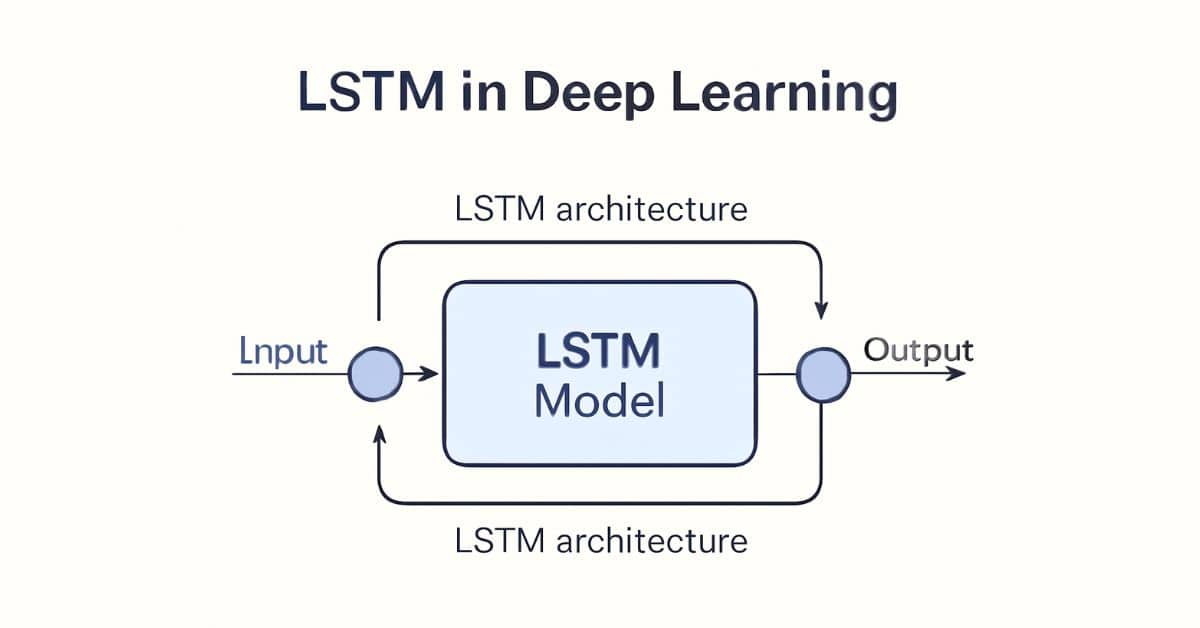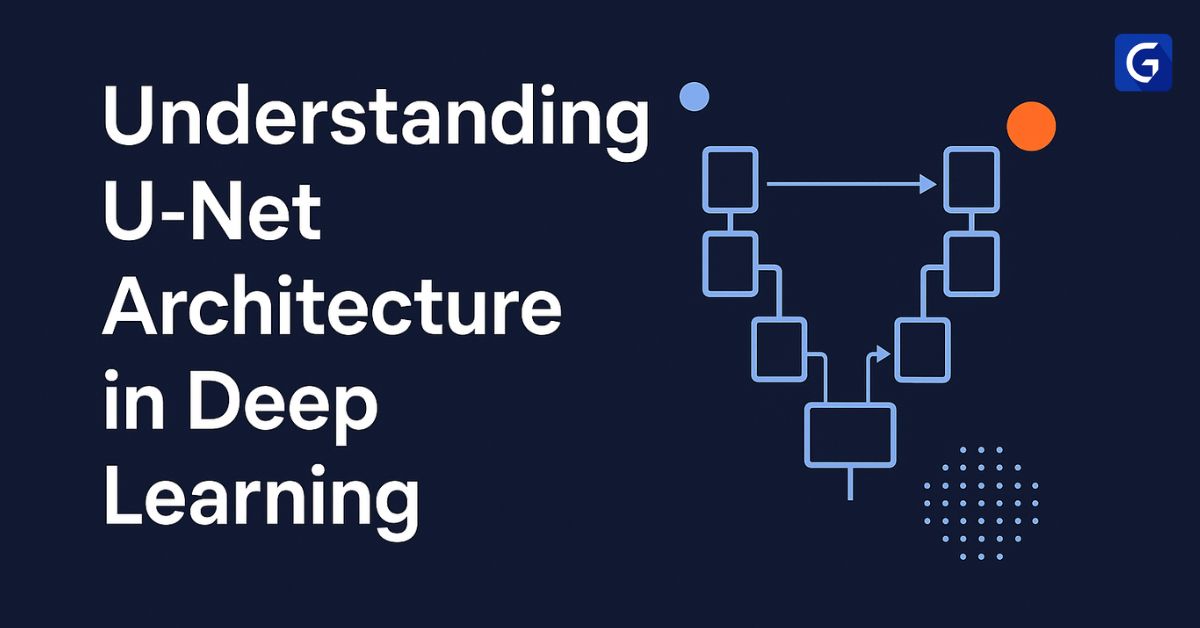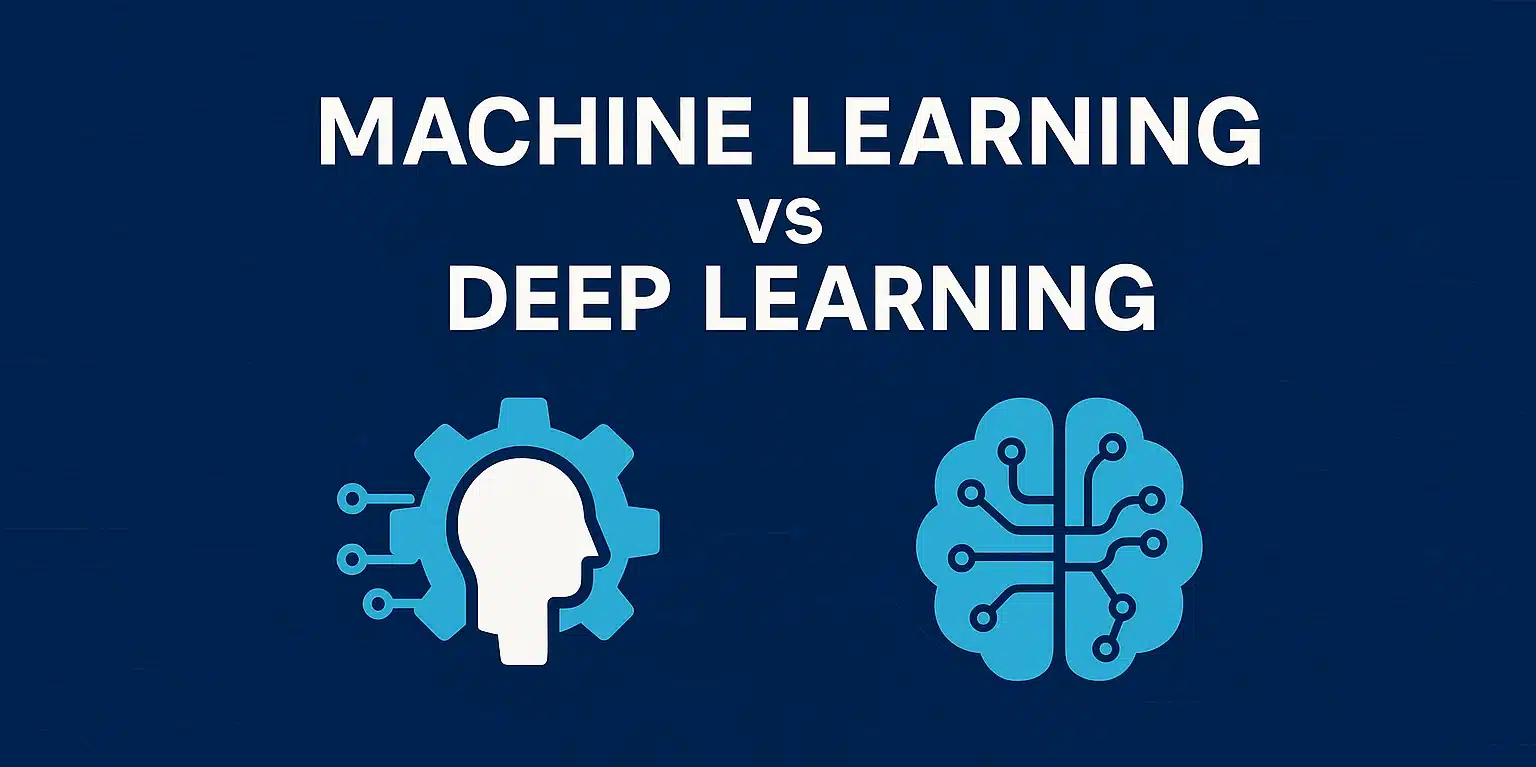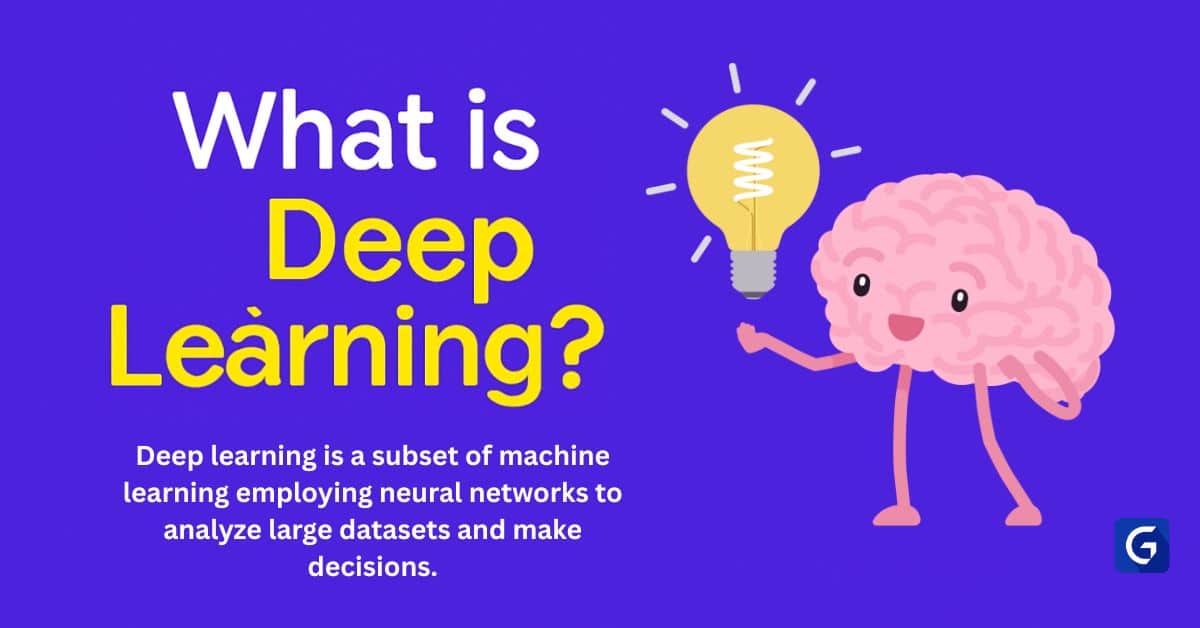- What is Transformer Architecture?
- Essential Components of the Transformers Model
- How the Transformers Model Works?
- Example of Transformer in Action
- Applications of Transformer Architecture
- Advantages of Transformer NN Architecture
- Challenges and Limitations
- Future of Transformer Architecture
- Conclusion
- Frequently Asked Questions
The transformer architecture has revolutionized the field of deep learning, particularly in natural language processing (NLP) and artificial intelligence (AI). Unlike traditional sequence models such as RNNs and LSTMs, transformers leverage a self-attention mechanism that enables efficient parallelization and improved performance.
What is Transformer Architecture?
The transformer architecture is a deep learning model introduced in the paper Attention Is All You Need by Vaswani et al. (2017). It eliminates the need for recurrence by using self-attention and positional encoding, making it highly effective for sequence-to-sequence tasks such as language translation and text generation.
Build a successful career in Artificial Intelligence & Machine Learning by mastering NLP, Generative AI, Neural Networks, and Deep Learning.
The PG Program in AI & Machine Learning offers hands-on learning with real-world applications, helping you stay ahead in the evolving AI landscape. Strengthen your understanding of Machine Learning Algorithms and explore advanced topics like Transformer Architecture to enhance your AI expertise.
Essential Components of the Transformers Model

1. Self-Attention Mechanism
The self-attention mechanism allows the model to consider all words in a sequence simultaneously, focusing on the most relevant ones regardless of position. Unlike sequential RNNs, it processes relationships between all words at once.
Each word is represented through Query (Q), Key (K), and Value (V) matrices. Relevance between words is calculated using the scaled dot-product formula: Attention(Q, K, V) = softmax(QK^T / √d_k)V. For instance, in "The cat sat on the mat," "cat" might strongly attend to "sat" rather than "mat."
2. Positional Encoding
Since transformers don't process input sequentially, positional encoding preserves word order by adding positional information to word embeddings. This encoding uses sine and cosine functions:
- PE(pos, 2i) = sin(pos/10000^(2i/d_model))
- PE(pos, 2i+1) = cos(pos/10000^(2i/d_model))
Without this encoding, sentences like "He ate the apple" and "The apple ate he" would appear identical to the model.
3. Multi-Head Attention
This feature applies self-attention multiple times in parallel, with each attention head learning different linguistic patterns. Some heads might focus on syntax (subject-verb relationships), while others capture semantics (word meanings). These parallel outputs are then concatenated into a unified representation.
4. Feedforward Layers
Each transformer block contains feedforward neural networks that process attention outputs. These consist of two fully connected layers with an activation function between them: FFN(x) = max(0, xW₁ + b₁)W₂ + b₂. These layers enhance feature representation by transforming the attention-weighted input.
5. Layer Normalization
Layer normalization stabilizes training by normalizing activations across features, which reduces internal covariate shifts and improves convergence speed. During training, this normalization prevents sudden changes in feature magnitudes, making the learning process more consistent.
6. Residual Connections
Transformers implement residual (skip) connections that allow information to bypass multiple layers, improving gradient flow and preventing information loss. These connections are especially crucial in deep transformer stacks, where they ensure original information remains intact and help mitigate vanishing gradient problems.
MIT No Code AI and Machine Learning Program
Learn Artificial Intelligence & Machine Learning from world-renowned MIT faculty. Get a completion certificate and grow your professional career.
How the Transformers Model Works?
The transformer model consists of an encoder and decoder, both built using multiple layers of self-attention and feedforward networks.

1. Input Processing
- The input text is tokenized and converted into word embeddings.
- Positional encodings are added to maintain word order information.
2. Encoder
- Takes input embeddings and applies multi-head self-attention.
- Utilizes positional encodings to maintain word order.
- Passes information through feedforward layers for processing.
3. Self-Attention Mechanism
The self-attention mechanism allows each word in a sentence to focus on other relevant words dynamically. The steps include:
- Computing Query (Q), Key (K), and Value (V) matrices for each word.
- Generating attention scores using scaled dot-product attention.
- Applying softmax to normalize attention scores.
- Weighting value vectors accordingly and summing them.
4. Multi-Head Attention
Instead of a single attention mechanism, multi-head attention allows the model to capture different relationships within the input.
5. Feedforward Neural Network
Each encoder layer has a fully connected feedforward network (FFN) that processes attention outputs.
6. Decoder
- Receives encoder output along with target sequence.
- Uses masked self-attention to prevent looking ahead.
- Combines encoder-decoder attention to refine output predictions.
Example of Transformer in Action
Let's consider an example of English-to-French translation using a Transformer model.

Input Sentence:
"Transformers are changing AI."
Step-by-Step Processing:
- Tokenization & Embedding:
- Words are tokenized: ['Transformers', 'are', 'changing', 'AI', '.']
- Each token is converted into a vector representation.
- Positional Encoding:
- Encodes the position of words in the sequence.
- Encodes the position of words in the sequence.
- Encoder Self-Attention:
- The model computes attention weights for each word.
- Example: "Transformers" might have high attention on "changing" but less on "AI".
- Multi-Head Attention:
- Multiple attention heads capture different linguistic patterns.
- Multiple attention heads capture different linguistic patterns.
- Decoder Processing:
- The decoder starts with the <SOS> (Start of Sequence) token.
- It predicts the first word ("Les" for "The Transformers").
- Uses previous predictions iteratively to generate the next word.
- Output Sentence:
- The final translated sentence: "Les Transformers changent l'IA."
Applications of Transformer Architecture
The transformer architecture is widely used in AI applications, including:

- Natural Language Processing (NLP): Powering models like BERT, GPT, and T5.
- Machine Translation: Used in Google Translate and similar applications.
- Text Summarization: Enabling AI-driven summarization tools.
- Speech Recognition: Enhancing voice assistants like Alexa and Siri.
- Computer Vision: Applied in vision transformers (ViTs) for image processing.
Advantages of Transformer NN Architecture
- Parallelization: Unlike RNNs, transformers process input sequences simultaneously.
- Long-Range Dependencies: Effectively captures relationships between distant words.
- Scalability: Easily adaptable to larger datasets and more complex tasks.
- State-of-the-Art Performance: Outperforms traditional models in NLP and AI applications.
Explore how Generative AI Models leverage the Transformer Architecture to enhance natural language understanding and content generation.
Challenges and Limitations
Despite its advantages, the transformer model has some challenges:
- High Computational Cost: Requires significant processing power and memory.
- Training Complexity: Needs large datasets and extensive fine-tuning.
- Interpretability: Understanding how transformers make decisions is still a research challenge.
Future of Transformer Architecture
With advancements in AI, the transformer architecture continues to evolve. Innovations such as sparse transformers, efficient transformers, and hybrid models aim to address computational challenges while enhancing performance. As research progresses, transformers will likely remain at the forefront of AI-driven breakthroughs.
Understand the fundamentals of Large Language Models (LLMs), how they work, and their impact on AI advancements.
Conclusion
The transformer model has fundamentally changed how deep learning models handle sequential data. Its unique transformer NN architecture enables unparalleled efficiency, scalability, and performance in AI applications. As research continues, transformers will play an even more significant role in shaping the future of artificial intelligence.
By understanding the transformers architecture, developers and AI enthusiasts can better appreciate its capabilities and potential applications in modern AI systems.
Frequently Asked Questions
1. Why do Transformers use multiple attention heads instead of just one?
Transformers use multi-head attention to capture different aspects of word relationships. A single attention mechanism may focus too much on one pattern, but multiple heads allow the model to learn various linguistic structures, such as syntax, meaning, and contextual nuances, making it more robust.
2. How do Transformers handle very long sequences efficiently?
While standard Transformers have a fixed input length limitation, variants like Longformer and Reformer use techniques like sparse attention and memory-efficient mechanisms to process long texts without excessive computational cost. These approaches reduce the quadratic complexity of self-attention.
3. How do Transformers compare to CNNs for tasks beyond NLP?
Transformers have outperformed Convolutional Neural Networks (CNNs) in some vision tasks through Vision Transformers (ViTs). Unlike CNNs, which rely on local feature extraction, Transformers process entire images using self-attention, enabling better global context understanding with fewer layers.
4. What are the key challenges in training Transformer models?
Training Transformers requires high computational resources, massive datasets, and careful hyperparameter tuning. Additionally, they suffer from catastrophic forgetting in continual learning and may generate biased outputs due to pretraining data limitations.
5. Can Transformers be used for reinforcement learning?
Yes, Transformers are increasingly used in reinforcement learning (RL), particularly in tasks requiring memory and planning, like game playing and robotics. Decision Transformer is an example that reformulates RL as a sequence modeling problem, enabling Transformers to learn from past trajectories efficiently.






